While most witch tropes revolve around broomsticks, pointed hats, and black cats, the main witch in Slavic lore, Baba Yaga, doesn’t participate in any of these. While she does maintain the traditional physical appearance of a witch — long, spindly white hair, haggard appearance, skinny-to-the-bone arms and legs — rather than zooming through the skies on a broomstick, she rather careens through the forests crouched on a giant stone mortar, using the accompanying pestle to push herself along. She isn’t without a broom entirely though; she uses one in her opposite hand to wipe away any traces of her having passed through.
When she isn’t parading between the trees with her mortal and pestle, however, she spends her time hunched over the massive wood-burning stove in her dilapidated home, probably attempting to keep her rags and long white hair away from the flames so as to not accidentally burn the entire place to the ground. While a witch’s hair combusting may not be among the most common causes of household fires, you can’t be too careful, can you?
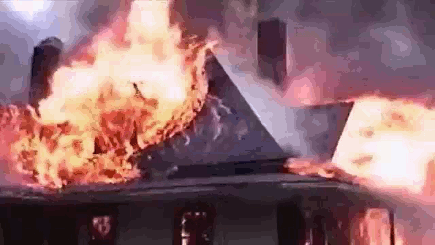
The home where she resides also has its own pair of legs. The legs, said to resemble those of a chicken, allow the home to move about freely on its own — though by “move about,” I mean “spins like a cyclone while emitting the horrible sound of screeching and the creaking of its old wooden planks.” When it isn’t whirling through the trees, it’s said to rest stationary on the ground, though with its back to any viewer who may unfortunately approach.
As a modern comparison, I can imagine only a dilapidated old motorhome clunking down the highway, or maybe one of those tiny houses, shifting between the trees, sneaking up on their unsuspecting victims. If Baba Yaga were imagined now, rather than, “gangly witch who slaves over her hot stove in a house that’s basically a tornado,” she would be described as, “gangly witch who slaves over her hot plate in a house that’s just a tiny house on wheels.” Both have their advantages.
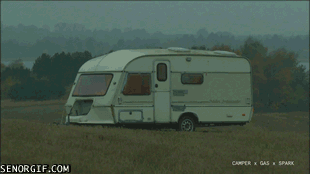
Should you be approached by the house while in its spinning motion, it’s said to come to a jarring halt, the front door crashing open with a deafening sound. Should you choose to enter, you’ll be faced with two questions from the witch who dwells inside. She’s said to ask: “Did you come on your own free will, or did someone send you?” of which there’s only one right answer! Can you guess which it might be?
Baba Yaga is said to reward the pure in heart, while cursing the wicked and the evil of the world. While considered to be just as ghastly as any other witch, she’s not always a negative presence, and is said to even be helpful with her magic and offering guidance and advice to those pure of heart who approach for her assistance.
Though I imagine many wouldn’t be too keen to do just that, because her hut, when it’s not cycloning and howling through the air, is said to be surrounded by a fence made of bones, donning skulls with glowing eyes on each post.
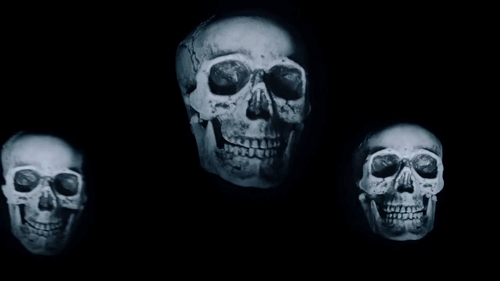
With that mental image, it’s a wonder how she could ever be considered anything other than your traditional wicked witch, but to quote OldRussia.net, “Although she is mostly portrayed as a terrifying old crone, Baba Yaga can also play the role of a helper and wise woman. The Earth Mother, like all forces of nature, though often wild and untamed, can also be kind.”
Another thing that struck me as curious while looking into Baba Yaga and her story, was how many of the details stuck out as familiar to me. It wasn’t until I remembered the name of the main antagonist witch in Studio Ghibli’s Spirited Away that I realized how heavily she’s based in Baba Yaga lore.
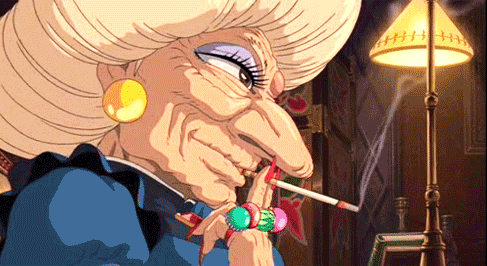
On top of Ghibli’s witch Yubaba, the castle in Howl’s Moving Castle carries a lot of the same resemblance to Baba Yaga’s supposed careering, screeching, home — don’t you think?

What more, consider the witch character in Disney’s Brave — one of my favorite Disney films, despite its lackluster reception. While the witch in the movie is never given a name, and the setting of the story is far from that of Baba Yaga’s Russian origins, I have to think about how Merida finds and interacts with her.
An elderly woman living in the woods, home filled with interesting knickknacks and curious things, who gives the audience, and main character, a sense of uncertainty when it comes to whether she’s trustworthy or not. In the end, when Merida reveals herself to be pure of heart (after the initial conflict with her mother), she’s blessed and rewarded.
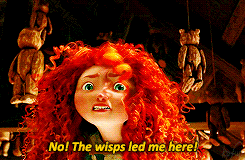
Despite not being a name that comes to mind immediately when mentioned, Baba Yaga surprisingly has a number of appearances in popular entertainment, though her character may not be explicitly stated as such. With such a unique method for getting around, and the way she treats those who approach her, who could pass up delving deeper into her history, her story, and the interactions she had with the people around her?
How many other witches and old folklore legends have we come to learn and love over the years as children, only to later realize they’re based on actual characters in history? Can you think of any? You might be surprised!
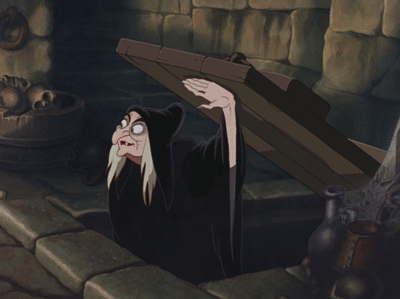
Want to read more? Check out these sites!
Baba Yaga [Slavic rituals and tales] on Youtube
Baba Yaga and Vasilisa the Fair
Kelsey graduated from Boise State University with a BA in Visual Arts, and is currently working as a freelance writer, while doodling anime on the side with one hand and petting cats with the other.

Fascinating! As usual, you entertained me tremendously while also educating me about something I had never heard of before. A most excellent post, Kelsey! (In your long line of them!)